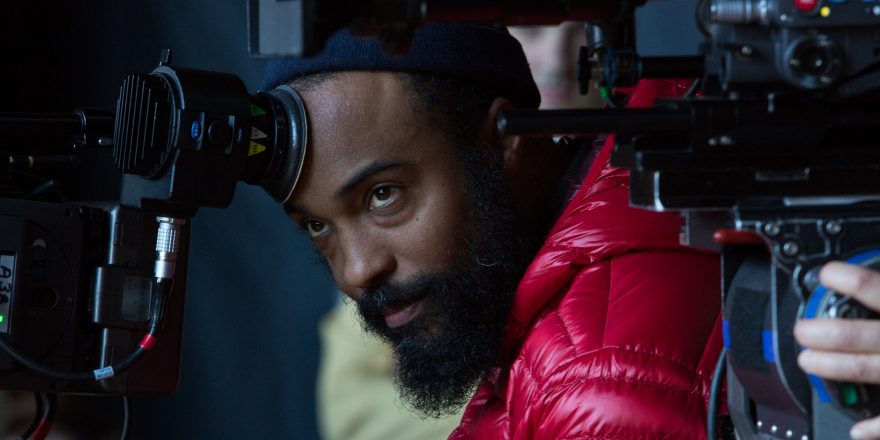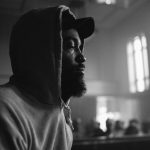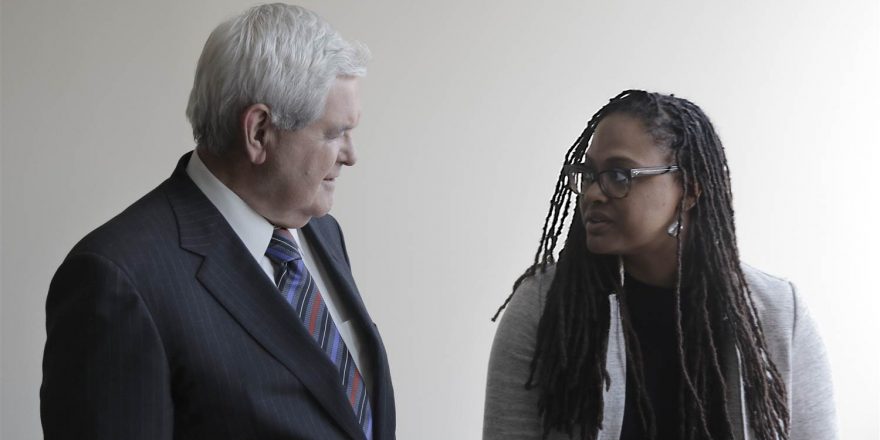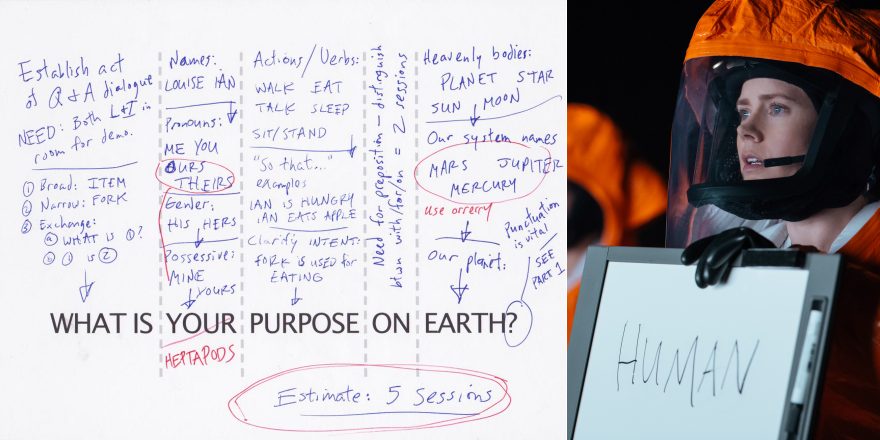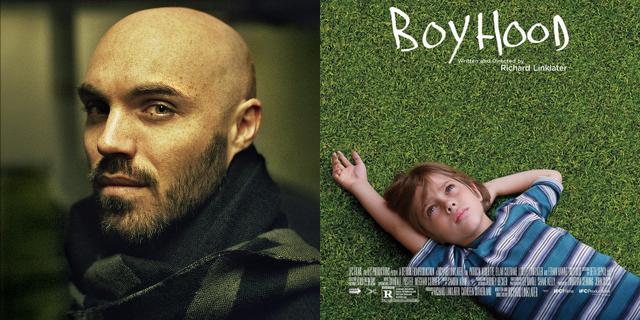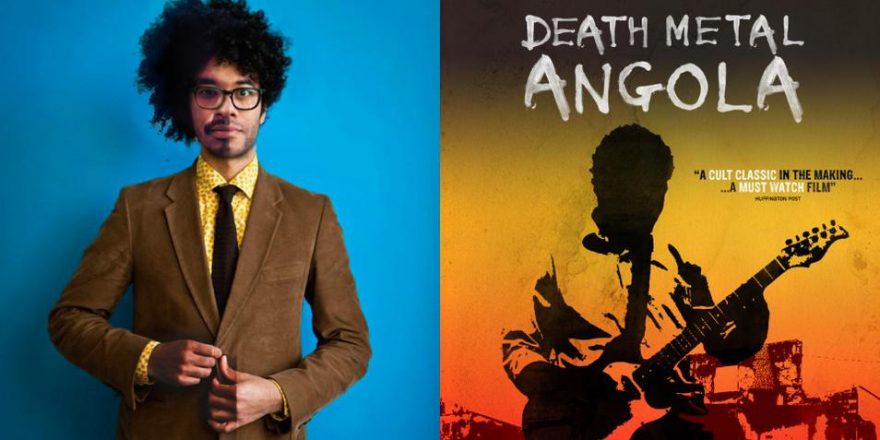Three Great Things is Talkhouse’s series in which artists tell us about three things they absolutely love. To mark the current season at Metrograph, Filmcraft: Bradford Young, a celebration of the work and influences of the remarkable cinematographer, Young shared insights into the most important aspects of his life. — N.D.
Coffee
In recent years, I’ve developed a love for coffee. After exercising and drinking a few glasses of water, I spend the first two hours of the day in my basement, a sanctuary where I can spend time being an alchemist, using another kind of creative energy in my body that’s not connected to image-making.
The taste of coffee and the feeling I get from the caffeine is really satisfying; I really enjoy and respect coffee in the modern way, but in a very ancient way as well. I think part of that enjoyment takes me back to a respect for the planet that we occupy. I’ve had phases of being very conscious of the environment, spending lots of time in the outdoors and being humbled by that. But with the ups and downs of industrialization, the more we gain certain levels of income, the more distractions are introduced and we oftentimes forget about that connection to the natural world. Coffee has brought me back in communication with nature and made me respect the complexity of things that are right under our nose.
I really enjoy the ritual of respecting every bean, whether that bean comes from Indonesia, Eastern Africa or South America, and exploring the complexity of each one of those beans, knowing that the soil itself gives it its personality and flavor. I also respect the fact that each one of those places has developed rituals and structures around that bean and that coffee is just a gateway into conversation, into concepts around mutual respect. I’m also fascinated by seeing how space really matters as well, like amongst coffee bean growers in Ethiopia, who have developed a communal ritual where they gather and talk about the bean, including conversations around commerce and how those beans are distributed to the world. The way in which they engage in open air spaces is a structure – it’s a respect for energy and vibe and the reason why we sit and gather together and why it’s important for us to drink this coffee, why we talk about it, and the kind of things that are opened up when you do that. I was recently in Japan, which has its own different interpretation of that. Japan is a place of amazing architecture and has a history around structures that respects humanity and community gatherings and family gatherings in a very particular way. And so to be able to take something like a coffee bean, which encourages all of that in its essence – a respect for nature, respect for gathering, respect for conversation – and put it in these buildings that have thousands of years of architectural precedents in history, was really incredible.
For me, coffee has become more than just the taste and what caffeine does to the body; what it’s allowed me to do is bring ritual and structure into my life. I’m really humbled by what one little bean has brought to my life. For many years, I didn’t even drink coffee; I had no desire and no palate for it. I didn’t understand it; it was just bitter and yucky to me. But that changed, and now I’m immersed in these fine, interesting waves of coffee culture. It’s a really beautiful, infinite loop of interaction with humans and nature that has become very special to me.
My Children
I spent 14 years with my wife before we had children, and now we’ve got three, which is crazy. But I really cherish them. Parenthood has become a great source of joy and inspiration for me. I don’t know how you quantify it as an individual thing, but I think it’s again connected to ritual and structure. Spending time with my children and learning from them every day is a mirror – a mirror into my childhood and a mirror to myself. They make me understand what it really means to be kind and warm and how important that is, not just as a father, but as a community member and a filmmaker. That has made me very specific about the kind of interactions I want to have in art-making and filmmaking, which I want to echo the sort of interactions I’m having with my children. That means being in spaces where people can be warm and kind, but also spaces where people can feel free like children. My six-year-old, who is homeschooled and has never been to school, is the freest cat I know. All he wants to do is run about. He embodies all the things that I really want to have in film: community, a sense of freedom and a sense of honesty.
Parenthood has all the challenges that come from helping grow a human being, but it’s beautiful to maneuver through those stressful moments, get to the real sense of euphoria that lies on other side and to be able to see your children absorb what’s around them and change daily. I was 36 when I had my first kid, and I was very different then to the person I was 10 years earlier. The way in which we’re raising our children now, my wife and I are able to pivot away from the kind of anxieties you have around raising young people in the world we live in today, whereas a lot of that stuff would have consumed us when we were younger and led us to make different choices. For instance, our kids are homeschooled, and that’s for a couple of reasons. One, because we’re on the move a lot. But also, we realize that it’s beautiful to give these children an experience where they can travel and learn from the world, which is not the way my wife or I were educated at all. Our kids are schooled in a stress-free environment. They don’t have the same expectations with homework or any of the things that gave me great anxiety and made me feel like I was not a good student. And so I see their learning capacity. They’re engaged in education in a much different way, which frees up other things.
Music
The ritual act of playing music is one of the three most important things in my life, specifically listening to jazz, which I refer to as Black classical music. I don’t think there’s a day where I’m not playing at least six hours of music, if not more. I love the act of discovery, of finding one album and going back to the old-school activity of reading the liner notes and learning about new musicians and then letting each musician take you into a rabbit hole of finding more new sounds. You could listen to Return to Forever because of Chick Corea, but then you end up with Lenny White and through him you end up seeing a whole musical life, from funk to jazz. You can start to see the beginnings of a sound and then make the connection with a sample drum beat in your favorite hip-hop album. The way in which music maneuvered through lives and freedom and people’s desire to stretch as artists is really informative.
I enjoy exploring because I love music and sound, but it also really empowers me as an image-maker. It shows that it’s important for artists to have breadth. Pharoah Sanders only plays a few notes, but the way he bends those notes and introduces them with different foundations has made every album of his different and very special. If you look at the many phases of Miles Davis, Miles is literally playing maybe 10 notes, but sonically there is a bridge between all of them. He’s famous for his muted horn, but he applied it to funk, early hip hop, and all the other stuff he was doing. It was applicable to all of those genres and subgenres.
Music is a beautiful thing because it shows you how wonderful human beings are, and what our original language is, regardless of class, race, ethnicity. As my friend Jason Moran says, “If you can swing, you can play with me.” The hip-hop artist Brother Ali says that hip hop is one of those cultures where it doesn’t matter what you look like, if you can spit lyrics and you’re good, then you can belong. I like the way music really reminds us how important it is to be mindful, thoughtful, loving and egalitarian. So that’s why music is a key element in my life and my development.
Featured image, showing Bradford Young on the set of Pawn Sacrifice, is by Takashi Seida, courtesy Bleecker Street.



